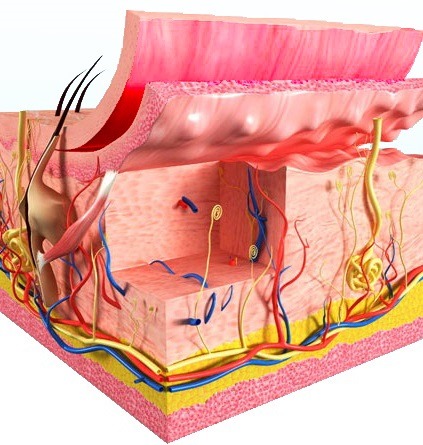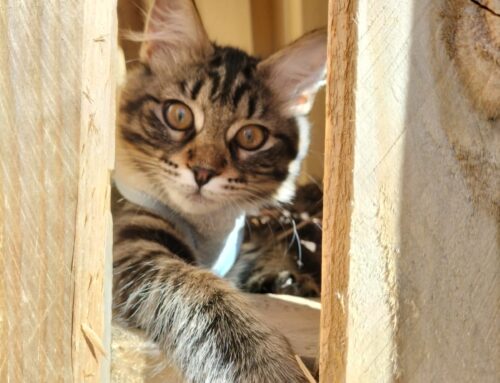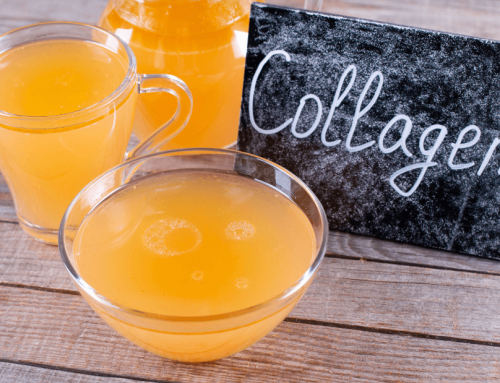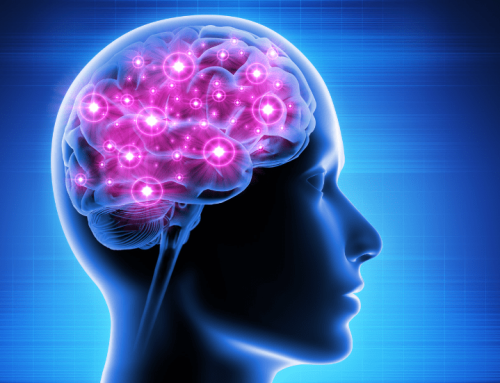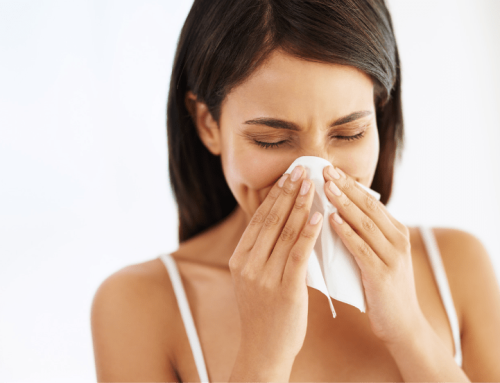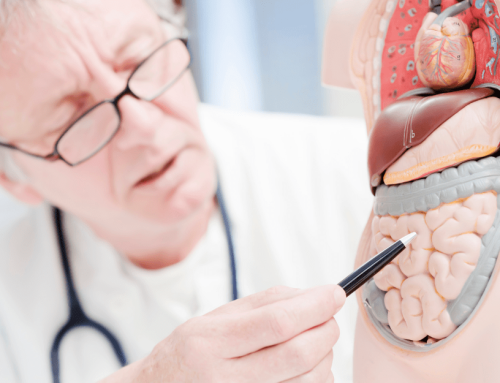Photomed Laser Surg. 2006 Dec;24(6):705-14.
Effect of multiple exposures of low-level laser therapy on the cellular responses of wounded human skin fibroblasts.
Hawkins D, Abrahamse H.
Laser Research Unit, Group of Health Sciences, University of Johannesburg, Doornfontein, Johannesburg, South Africa.
Abstract
OBJECTIVE:
This study aimed to establish the behavior of wounded human skin fibroblasts (HSF) after heliumneon (HeNe) (632.8 nm) laser irradiation using one, two, or three exposures of different doses, namely, 2.5, 5.0, or 16.0 J/cm(2) on each day for 2 consecutive days.
BACKGROUND DATA:
Low-level laser therapy (LLLT) is a form of phototherapy used to promote wound healing in different clinical conditions. LLLT at than adequate wavelength, intensity, and dose can accelerate tissue repair. However, there is still conflicting information about the effect of multiple irradiations on the cellular responses of wounded cells.
METHODS:
Cellular responses to HeNe laser irradiation were evaluated by measuring changes in cell morphology, cell viability, cell proliferation, and damage caused by multiple irradiations.
RESULTS:
A single dose of 5.0 J/cm(2), and two or three doses of 2.5 J/cm(2) had a stimulatory or positive effect on wounded fibroblasts with an increase in cell migration and cell proliferation while maintaining cell viability, but without causing additional stress or damage to the cells. Multiple exposures at higher doses (16 J/cm(2)) caused additional stress, which reduces cell migration, cell viability, and ATP activity, and inhibits cell proliferation.
CONCLUSION:
The results show that the correct energy density or fluence (J/cm(2)) and number of exposures can stimulate cellular responses of wounded fibroblasts and promote cell migration and cell proliferation by stimulating mitochondrial activity and maintaining viability without causing additional stress or damage to the wounded cells. Results indicate that the cumulative effect of lower doses (2.5 or 5 J/cm(2)) determines the stimulatory effect, while multiple exposures at higher doses (16 J/cm(2)) result in an inhibitory effect with more damage.
PMID: 17199470 [PubMed – indexed for MEDLINE]

